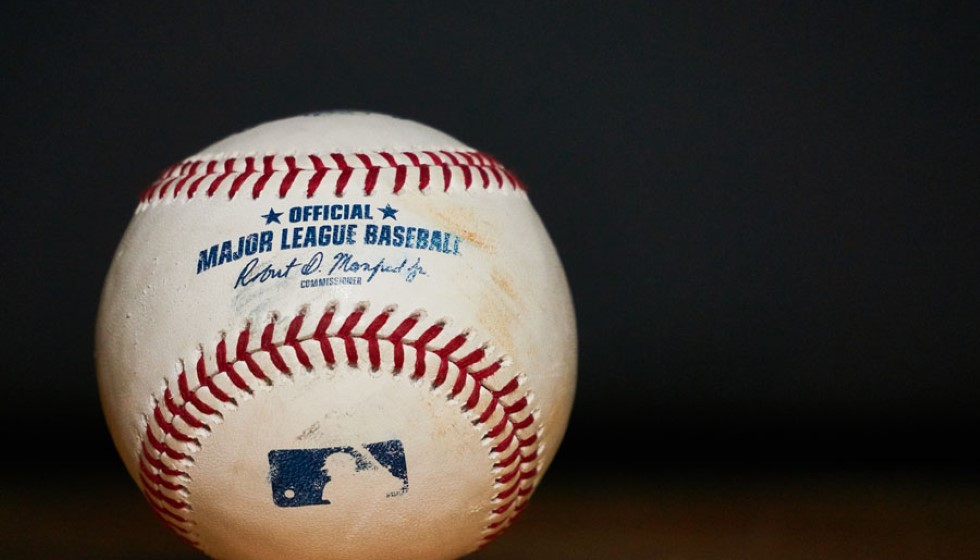
The recent Major League Baseball amateur draft has concluded with numerous key signings and significant monetary commitments, marking an eventful period for teams and aspiring players alike. The numbers are in, and they paint a picture of strategic decisions and substantial investments.
High-Stakes Deals and Notable Signings
Among the standout deals, Trey Yesavage and Vance Honeycutt finalized their contracts just before Thursday's signing deadline. Yesavage, chosen 20th overall by the Toronto Blue Jays, agreed to a handsome $4,175,000 bonus. Honeycutt followed closely, securing a $4 million bonus after being picked 22nd by the Baltimore Orioles.
Konnor Griffin also made headlines, agreeing to a deal with the Pittsburgh Pirates for $6,532,025 after being selected ninth overall. Yet, Griffin's signing was just part of a broader trend of substantial investments in top-tier talent.
Unsigned Picks and Future Commitments
While most players in the top 315 draft picks secured contracts, four notable selections from the first 10 rounds chose a different path. Tyler Bell, drafted 66th overall by the Tampa Bay Rays, opted for a college commitment to Kentucky, while Chris Levonas, picked 67th by the Milwaukee Brewers, committed to Wake Forest. Ryan Prager, selected 81st by the Los Angeles Angels, and Jaxon Jelkin, picked 263rd by the New York Mets, also went unsigned.
The Rays, Brewers, and Angels are set to receive compensatory picks in the next year’s draft, with the Rays gaining the 67th pick, the Brewers the 68th, and the Angels another selection following the third round.
Record-Breaking Bonuses
In terms of financial commitments, the draft saw some record-breaking bonuses. Wake Forest right-hander Chase Burns and Georgia outfielder Charlie Condon both secured $9.25 million after being taken second and third overall by the Cincinnati Reds and Colorado Rockies, respectively. Meanwhile, Oregon State's second baseman Travis Bazzana, selected first overall by the Cleveland Guardians, signed for $8.95 million.
These deals contributed to substantial overall spending by the teams. The Cleveland Guardians and Colorado Rockies each allocated $19,236,100 on their selections, leading the pack. The Cincinnati Reds followed with $17,156,100, while the Oakland Athletics disbursed $16,103,900, and the Chicago White Sox spent $15,267,500.
Despite the considerable expenditures, no team exceeded the allowable 5% overage of their signing bonus pool. The Arizona Diamondbacks were particularly exact, spending precisely their pool amount. Six teams, including the Tampa Bay Rays and Colorado Rockies, managed to come in under their allocated pool amounts, with Tampa Bay $250,300 short and Colorado $87,300 under.
Strategic Decisions and Trends
The strategic nature of the draft was evident in the decisions made by both teams and players. The league committed a total of $342 million to this year's draft-eligible players, representing an 8.3% increase from last year's $315.8 million deadline total. Importantly, twenty-three teams spent within their 5% margin limits, indicating a collective effort to maximize potential while adhering to financial constraints.
One notable story from the draft's previous year was Caden Kendle, a 10th-round selection by the St. Louis Cardinals, who went unsigned but was picked in the fifth round by the Minnesota Twins this year. Kendle finally secured a $147,500 deal, exemplifying how second chances in the draft can yield successful outcomes.
Conclusion
In retrospect, this year’s MLB amateur draft has underscored the high-stakes world of baseball, where investments in young talent shape the future of franchises. The multimillion-dollar bonuses and strategic signings highlight a commitment to excellence and a keen eye for potential, ensuring that even unsigned picks will keep everyone guessing and strategizing for years to come.